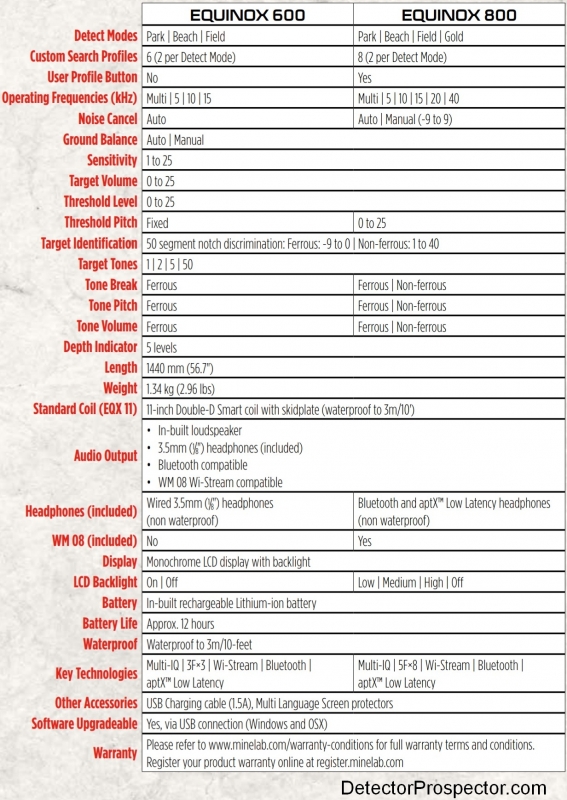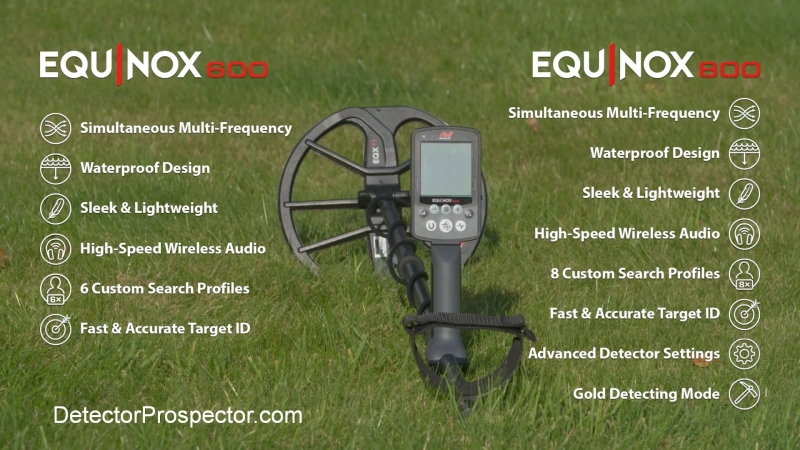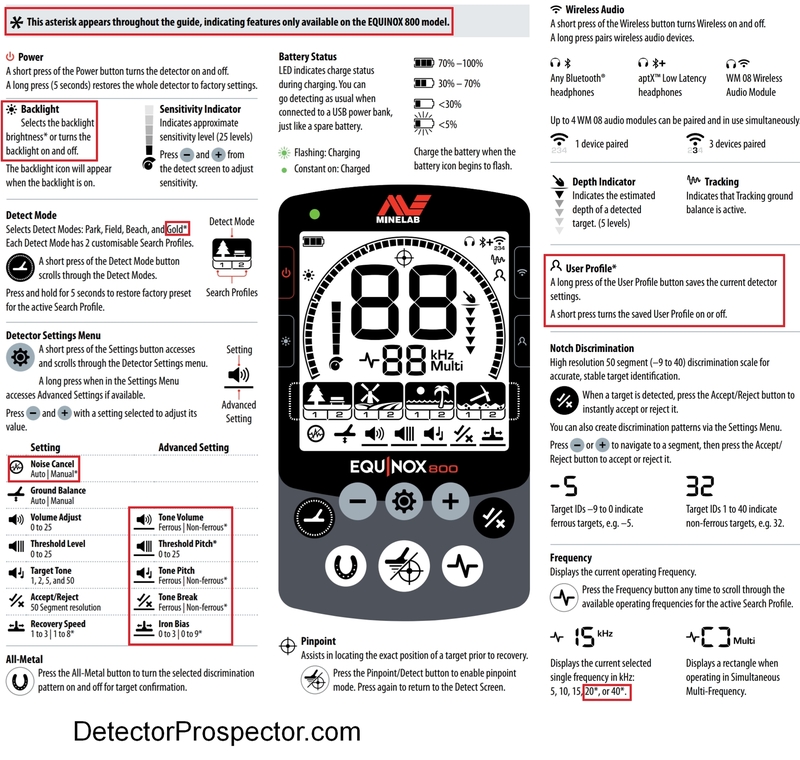Leaderboard
Popular Content
Showing content with the highest reputation on 06/28/2019 in all areas
-
4 points
-
I have one I use on my eTrac when the occasional need arises. It's a great coil, lightweight, and has a place in my arsenal when needed which is not very often. I can say that it has got me a couple deep thin barber dimes that were on edge in the 9-10" range that I doubt a smaller coil would have got...but who really knows? I can't personally say I got any real increase in depth over the stock 11" Minelab coil but still believe the Ultimate snagged those on edge deepies. If you relic hunt that Tejon coupled with the Ultimate should be a depth monster(?).....no opinion on the ATP. I think it's a great coil WHEN NEEDED...……...jmo2 points
-
Hi Terry, No, I think we'll have to wait a bit for the 8 ' but, there is a new mode that should give you a few pounds while waiting for the 8 ' I can not say more ... ?2 points
-
Heres the rest of what I have.... 1. Minelab 2300 2. XP Deus HF elliptical 3. Gold Monster 10" elliptical 4. Coil Tek 10x5 DD CTX 3030 5. Gold Bug 2 10" elliptical I'm not too keen on whats going on inside of these coils but I thought it would maybe be good to have some images on board for reference for those of you that have some knowledge about how these things are built. The Gold Bug 2 is only about 4 years old. If anyone wants to repost these images for future use in discussions it's OK by me. strick2 points
-
A common subject that has come up recently with all the coil discussions is X signal and what it portrays. This thread is to put some clarity on what X means to the GPZ 7000 end user and why you should use your Ferrite. When the 7000 was released its software was designed to automatically calibrate for a component in the ground called X signal, there is no need for me to go into the scientific aspects of what X is and nor am I qualified to do so however, in the case of the GPZ, it is NECESSARY that the Ferrite be used and operators, no matter what or where the ground is they are working, should make it part of their daily detecting regime even if they can’t discern or understand the need for it. The GPZ has the ability to ‘balance’ out X signals, to do this you need to activate the Quick-Trak button on the front of the handle. When you press the button you are also activating the regular ground balance that any high end gold specific metal detector uses, initially when the button is triggered tracking is forced or sped up briefly, this also means the GPZ 7000 is doing two things at once when the QT button is triggered. On the first release software the Auto Ground Balance mode was trying to actively cancel out X signals as well as G signals running in parallel with each other, to some extent the G balance will also try to balance out some X signal if the X signal is loud enough but overall the detector requires X balance to cancel out X signals effectively. The issue with the release software was the X balance was too lively and was being too easily dragged away from accuracy by Salt signals and Saturation signals of which WA and Victoria are well know for (most gold fields suffer from these signals). Minelab then released the Ferrite to help operators to let the detector ‘SEE’ what X signal really was in Salty and Saturable ground, during the release WA and Victoria had suffered a long and extended rain event so the ground was water logged, Salt is conductive so therefore is exacerbated by moisture. Because of the water logged ground during this time it caused lots of early complaints from GPZ users. Not long after this Minelab also developed a software update to slow the Ferrite balance down so it would not be so readily dragged away by those pesky signals, this helped a lot but I was still advocating using the GPZ in Fixed GB mode. At a later stage another software release was provided that allowed the user to use a SEMI AUTO mode where once the Ferrite Balance was completed the X balance would be FIXED whilst allowing the G balance to continue to actively track the regular ground balance, this is my preferred and advised mode. X signal in the ground is not like G signal, it is in varying subtle degrees but is not as VARIABLE as regular ground G signal, the reason a GPZ makes a signal on X is because since the last calibration the temperature of the electronics has shifted or if in Auto GB mode other signals in the ground have confused or altered the X balance calibration. The only real way to tell if your calibration is OUT or WRONG is to use the Ferrite to confirm if this is so, which is why it is so vital you make it part of your daily routine. NOISE: Noise is any sort of audio signal that should not be there, noise competes with targets plain and simple. The less noise you have the more obvious targets will sound and the deeper your detector will run or more accurately the deeper you’ll be able to discern a target (assuming you are also using the optimised Ground type and Gold modes for the ground you are searching and the size of nuggets targeted), all targets under the coil are being energised by the Tx evenly at all times relative to coil position, however user choice of settings, calibrations and coil control have a huge impact on the outcome. If the ferrite balance is out then a signal off any X in the ground is going to join the audio and potentially compete with you being able to discern a target signal. X SIGNALS and X COILS The GPZ 7000 is a very versatile metal detector, if can be used even if the Ferrite calibration is WAY OFF as is evidenced by users who refuse to update their detectors or who refuse to use the Ferrite (or both), or if users are using X coils that make a signal on the Ferrite regardless of doing a Ferrite balance. I am a purist so will always check my Ferrite balance because even 0.1% less noise in the audio is an advantage in my opinion. The X coils do actually balance out the Ferrite over the receive winding part of the coil (not as cleanly as a ML coil but acceptable), but they do manifest a LOUD signal in another location that any savvy X coil user will soon identify unless a mod is done during manufacture (I am unsure of coils made in the last month or so but it is easy to tell). The manufacturer was unwilling to do the mod due to feedback from customers not complaining, the resistance was based around the mod adding a lot of weight to the coil (gets the coils up into Minelab coil weight territory, isn’t that interesting?). I am unsure how he went about removing the Ferrite signal or the mod required to do so and am not at liberty to discuss why a ferrite signal happens in the first place. The reason I was pushing so hard for the mod was to try and get the X coils across the line for PERFORMANCE parity with ML coils in the hopes of accessing the dongle, the X coils showed potential but needed to be refined, in the end the current option was decided upon and I was no longer needed. As it currently stands any coil that makes a noise on the Ferrite (especially a LOUD noise) will by default make an unacceptable signal off X signal in the ground, operators will not really notice this signal as it will blend in with general ground noise responses, believe me it is there and it is COSTING you depth!! I do not use the X coils in Clermont because of these main reasons, our ground is saturable and the X coils saturate much more readily than the Minelab coils, most of my coils have the mod so X signal is not such a problem but a couple of them do not so they don’t get used either, with the larger coils I always use GENERAL/DIFFICULT and every X coil I have used makes touch and knock noises, some are acceptable (The Spiral wound ones seem best) but in most cases General/Difficult is out thereby negating the advantage of using a larger coil for larger deeper nuggets. To fully appreciate the differences in the coils I am going to include the settings I use so GPZ operators can benchmark what I am experiencing with their own settings. SETTINGS Audio Smoothing: OFF Ground Smoothing: OFF Sensitivity: 9 Threshold: 27 Gold Type: HIGH YIELD (To experience Knock and rub noise use GENERAL/DIFFICULT) Ground Type: DIFFICULT Volume: 6 to 8 for Headphones (either through a B&Z booster or GPZ direct), 12 for WM12 Ground Balance: SEMI-AUTO Conclusions and Suggestions: At no stage have I said the X coils are unusable just user beware. In quiet ground they should be OK and in variable ground, like I operate in here, they are usable but twitchy. I have found gold with them but choose not to use them full time in my areas due to the above issues and my being fussy about noise. I did during supervised testing (under duress I might add for the very reasons that have been borne out online) find gold in ground I frequent, I expressed that I was impressed that I was able to find gold with them in such a flogged area and that they showed potential which was borne out by my continued involvement till I was no longer needed. I have since been back to that area with customers on training and as always have found gold over the same ground as is typical of Clermont thanks to its high variablity ground. My favourite X coils are the flat wound ones because they seem to handle our ground better and have less touch sensitivity, however they are a LOT heavier. In essence they are what they are and did not meet required standards to be officially recognised, which is a shame because I too desperately want to see more coil options for the GPZ. JP X Coil 2021 News2 points
-
2 points
-
The wife and I got out for a couple of hour detect today and about 1 hour in I got a really iffy signal with the 7000 and it sounded like it was down maybe a couple of inches. I was really surprised when the hole started getting deeper and deeper and the target was still there. When I was down about 8" in hard ground I got the 2300 my better half was using so I could pinpoint cause I really couldn`t tell where in the hole it was and down about the 12" mark this piece popped out. Looking at it from the side it pretty well looks like a rock but all around the edges there are hundreds of tiny pinpoints of gold. It sg`s at 2.1 grams gold and is my biggest piece in quite some time. ?1 point
-
Trade that coil in for a dish? https://www.rt.com/business/462703-golden-asteroid-everyone-billionaire/amp/1 point
-
Silver & Gold at its best. I can not believe the finds some of my customers are making with their Equinox detectors. This is the 5th gold coin (I'm only counting in US finds, not England) my customers have recovered with the NOX machines. Brandon in UT, finds an old site and recovers a couple beautiful Seated Liberty Dimes (see pictures). Then the following weekend (this last Saturday) he goes back to the same site and does the Holy Grail we all dream of. Yes he unearths a glimmering gorgeous 1886-S $5 Eagle. I've been a dealer for 25 years and never before have I had so many happy customers making Top Quality Finds. All I can say, is the Equinox and the Multi IQ Technology has to have something to do with all the treasures coming up.1 point
-
Thanks for that xray of the 2300 strick. I always thought it was a huge coincidence that Coiltek and Nugget Finder released their flat wound coils after the 2300 came out and it also shows why the 2300 is so sensitive to the really small stuff about 1" in from the edge of the coil Dave1 point
-
I have both..., just depends on how much money you wanna spend. The 800 has a few things besides just the gold mode. saying that I used he 600 last year and I was happy with it1 point
-
the difference will be greater if you have the target at 16 ' AQ will be at 20 ' the difference is stronger on low conductors (gold!) thanks to the 7us under 16 volts silence allows you to go further I detected many gold rings who was just a breath I think the TDI is able to see some but they are drowning in the noise ..... not to mention that tdi are rarely 10us (real) the best was pulscan 14.4 volts first generation number from 1 to 200 the real copy of the goldscan 5 mass production to a little lost in performance .... for AQ the specifications are very strict to lose nothing .. / and especially the starting point is better ! ++++ please ask questions on the forum I can not answer any mp / takes too much time ... I do not have a specific release date no price (((and if I knew / I could not say))) and to choose the AQ and TR testers it's Fisher who manages .... Thnaks1 point
-
thank you gb. i reside in maine. usa. and yes there where moments the children did test my patience and had me worried they would damage the equipment or get hurt accidentally on the sharp tool .... but i told myself they are children and as you mentioned we all have those childhood memories of those interactions that were special to us as children. i am like you probably in the middle but that day it just seemed like the right thing to do. as a mantique i feel the desire to give back when ever i can to whom ever i can. reflecting back on that day i dont think i would of felt the same pride i had driving home knowing i did a good civic thing that day if all i did was a training session, so thanks again for the recognition about that. i am no tech geek and weak in the wiga jiga department so i will see if i can get to work on completing my profile info if i can figure out where to do that. regards.1 point
-
On the 10" GB2 coil, you can also see a small axial-leaded component near to the 'heel' of the inner RX coil. This is most likely a resistor, and it's joined to the single wire loop that runs on it's own between the two main coils. This makes a simple R-L (resistor-inductor ) network, which looks like a target to the coil, likely a very small low-conductivity one. This is there to help get the coil null more precise, there's only so much you can do with moving wires around. Similar effects can be had using small bits of metal, like sheet lead, placed in 'the correct position'.1 point
-
I'd love to compare this machine to my TDI at the beach. But it most likely won't be available before August. I know there is a lot of discussion as to depth and that it will detect a nickel at 17". This compared to my TDI at 16", but the TDI has a 12" coil and the AQ will have the 12 1/2" coil. Size will also increase the depth capabilities. So that being said, it would be very interesting to see, comparing the two detectors using identical coil dimensions (the old saying apples to apples) . I know there will be many more advantages of the AQ, pulse delay, iron features etc. but coil sizes need to be the same for a truthful analysis.1 point
-
I tried them all at one time or another, I was finding aluminum scrap at this site - probably a result of the power line construction. I am pretty sure I was using either multitone or mute - I am not certain, I was not concentrating on the power lines, just trying it in the nice deep sand.. The machine I had for a few days in October was a prototype and the production version is supposed to be refined in many ways. All metal is inherently quieter than any other mode, it has to do with the way information from more than one channel is used. It is a characteristic of multi channel PI detectors.1 point
-
Same here in New England. I dig more than most hunters here, but I learn a lot from it too.1 point
-
Hi Horst, If you do make it over to the UK you are welcome to attend any of our digs in West Yorkshire / Lincolnshire we have digs on Sundays and Fridays the same invitation is open to any overseas member of this forum visiting the UK1 point
-
Congratulations! A perfect illustration as to why I never notch out anything and hunt in all metal on our Florida beaches. ?1 point
-
Ok that`s conclusive proof of that old theory, all those one piece patches we find they actually did fall from the sky...……..1 point
-
Here's a interesting read. If this asteroid crashed on Earth, it could make everyone a billionaire and collapse the Earth's economy. Crazy! https://www.foxnews.com/science/nasa-headed-towards-giant-golden-asteroid-that-could-make-everyone-on-earth-a-billionaire1 point
-
You might not have bought it for sub-gram bits, but it will find them... just a pinpointing tip for hard to find stuff; turn the coil perpendicular to the ground and use the edge of the coil ... fred1 point
-
Typical gold mining. There's a billion trillion dollars worth of gold there but it will take tree billion trillion dollars to get it.1 point
-
in all metals the sound is mono-tone deep targets better mark the difference sounds light and symmetrical = often gold in saturation (sound too strong) the difference is more difficult ((it is necessary to raise the coil / to no longer be in saturation)) but iron, especially in length, like nails give a double sound / very mark the loss between / all metals and rejection is very weak with AQ // everything depends on the sand in white sand with normal mineralization about 5%1 point
-
the first to go out AQua the Terra should not be long it's the same platform, some components that change + the facade / the rest is of the programming ..1 point
-
he should not have a problem with EMI in the month of May I tested the production version on this beach https://www.google.fr/maps/search/saint+jouin+bruneval+plage/@49.6648426,0.1088492,3522a,35y,124.65h,44.13t/data=!3m1!1e3 if you can do a zome we see a refinery a radar antenna (marine protection) and on the hill two big antennas phone and other wireless stuff ... plus the high voltage line feeding the refinery the beach was chosen specifically for its conditions and its black sand the silence was perfect / even at full power I did not have gold on this test but a stainless steel ring (same sound as gold) at 15/20 ' Of course, there will certainly be in the world areas where EMI are stronger or different but AQ is really very stable everything has been thought about the design to limit noise the plans of masses and the used components are far superior to other detectors the best proof is the 7us if others never proposed such a low delay it's only because of the noise ..........1 point
-
the silence is golden lol, it's a French expression, but I do not know, if it is well translated ... in short, some news AQ production must "normally" start on July / August there was some change on the machine new sticker a setting mode add and performance in reject mode significantly improved (result of the first research on Terra) + for the Terra first tests were performed with a new 8 inch coils same design as the 12.5 '/ at manta technology it starts less than 7us !!! (the delay in series is not yet fixed ...) with identque coil diameter (8 ') / facing the competition I'm just telling you, that the results are excellent ? still a little patience and I guarantee you that the level of performace will surprise many people extreme sensitivity on small jewels = gold possibility of finding gold on a zone full of iron (even of 24 carats) and in all-metal mode a depth on a gold ring that you have never seen and all that = in perfect silence the others can get out all the machines they want I think that AQ at least 5 years ahead of the competition (minimum) """so in my opinion""" it's worth it to wait a bit ?1 point
-
1 point
-
I am sure Minelab would rather everyone get an Equinox 800 since the production cost of the two detectors is probably identical. Most people will anyway. For the vast majority of detectorists out there I just think the Equinox 600 is the real killer value as it will find most anything the Equinox 800 will find for $250 less. The feature list is truly remarkable for $649.1 point
-
Hi Daryl, Welcome to the forum! Where the Equinox 600 and 800 share features they are identical, so no worries about any of the modes on the Equinox 600 being any less powerful than the same modes on the Equinox 800. Multi-IQ is identical on both models - there is no difference between the Equinox 600 and Equinox 800 in the Multi-IQ frequency range processed. The two obvious differences as touted in the poster below are the "Gold Detecting Mode" and the "Advanced Detector Settings". The Equinox 800 also comes with Bluetooth headphones and the WM08 wireless module instead of the wired headphones included with the Equinox 600, but those options can be added to the Equinox 600 if you desire. In fact many popular aftermarket Bluetooth headphones and even the Apple Air Pods will work with both of the Equinox models. OK, so the Gold Mode. This is a threshold based all metal mode running at either 20 khz, 40 khz or multifrequency (MF) that is intended for chasing very small items, like small gold nuggets or what is referred to as "micro jewelry" i.e. stud earrings, thin necklaces, etc. Gold Mode does not have different tones for different target types. Instead, it features what is referred to as VCO (Voltage Controlled Oscillator) audio where both volume and pitch change with target intensity. This is not a mode most people would use and unless you are nugget detecting or hunting beaches and tot lots for micro jewelry I am kind of doubtful that a person just starting out would have a use for that mode. More to the point, Multi-IQ processing is so good that the extra sensitive Park 2 and Field 2 mode common to both models is almost as good at finding small gold as the Equinox 800 Gold Mode. While serious nugget hunters will want every available tool, I know I could use the Equinox 600 to hunt gold and do as well or better than many single frequency nugget detectors. Do not underestimate the power of Multi-IQ. The Advanced Detector Settings is referring to the options marked with an asterisk in the image below from the Minelab Equinox 600 / 800 Getting Started Guide (click for larger version). I have highlighted the areas in question with a red box. The Equinox 600 allows you to turn the backlight on or off. The Equinox 800 has Low, Medium, High, or Off. This is only of interest to heavy users of meter backlights. Both Equinox models have automatic Noise Cancel functions but the 800 also offers a Manual override. If you hunt in areas of high electrical interference (EMI) or around lots of other detectors, this can be helpful in finding the quietest setting with the least interference. For normal use Automatic is actually very good however and is probably all most users will need. The Equinox 600 features three level of Detect or Recovery Speed (Reactivity on a Deus). Low settings are better for areas with sparse targets, high settings for dense trash. The Equinox 800 has eight levels for finer tuning in the densest "carpet of nails" scenarios. Low settings offer more solid hits on very deep targets, but poor separation of closely adjacent targets. High settings have great separation, but the clipped audio responses required in dense trash make it harder to hear very deep targets. Use a setting as low as possible that achieves the desired target separation. The Equinox 800 has a User Profile button that allows the operator to jump straight to an alternative Detect Mode. This can take multiple button pushes on the Equinox 600. For example, to get from Park Mode 1 to Beach Mode 1 takes four pushes of the Detect Mode button to cycle there. An Equinox 800 user can program the User Profile for a jump there in one button push. Nice but this is just a convenience feature. There are of course the 20 kHz and 40 kHz single frequency options on the 800 that are lacking on the Equinox 600. These two extra single frequency options are available on the Equinox 800 in the Park, Field, and Gold Modes but not the Beach Mode, which is multifrequency only. Again, in my opinion the real power of Equinox is Multi-IQ, so the Equinox 600 lacking these extra frequency options is likely to prove to be of little consequence for most people. To reiterate - Multi-IQ is identical on both models. There is no difference in the Multi-IQ frequency range processed between the Equinox 600 and Equinox 800. Most metal detectors work such that all target tones have the same volume. A relatively new feature allows some detectors to set the volume of the ferrous (iron and steel) tones to be lower, which can be much easier on the ears in locations full of ferrous trash. Both the Equinox 600 and 800 can adjust the ferrous tone volume. This is particularly useful in the two tone mode, where one tone is normally ferrous and everything else a different tone. The Equinox 800 goes a step farther in allowing even non-ferrous tone volumes to be adjusted. Maybe you have coins set to give a high tone, but you have a hearing loss in the high tone range. The Equinox 800 allows you to increase the volume of the high tone response in relation to the other tones, making it easier to hear. This is most useful in the five tone mode. Both the Equinox 600 and 800 allow you to set the threshold level volume, but the Equinox 800 also allows you to set the threshold pitch or tone. Again, this is good for people that have hearing loss issues in particular ranges. The tones used in Single Tone, Two Tone, Five Tone, and Fifty Tones come factory preset on both models, but the Equinox 800 allows you to change the pitch of these tones also via the Tone Pitch setting. Finally, there is Tone Break. The positions on the target id scale where one tone shifts to another is factory preset. Both the Equinox models let you adjust the point where ferrous tones shift to non-ferrous tones - a very important feature. However, with the Equinox 800 the other non-ferrous audio controls really come together knowing you can also adjust the break points between the non-ferrous tones. This means you can create totally custom audio discrimination modes on the Equinox 800. 50 tone mode is exempt, so this is most useful in five tone mode. You can move the break points around as you please with the Equinox 800, and even use this to create four tone and three tone modes. You can move a couple target id segments to both read in the ferrous range and assign them a similar tone for instance, so two of the tones will be ferrous, and the three remaining tones assigned to non-ferrous items as the operator pleases. This is an incredibly compelling feature for people like me that hunt almost entirely by ear with the target id numbers only coming into play after the fact. Still, more of an advanced user function for sure, which is why only the Equinox 800 has these options. The thing is all these tone setting options do not really make the machine detect deeper. Advanced users or people with poor hearing appreciate these things, but the options on the Equinox 600 are still quite good. The bottom line? The Equinox 600 is really all most normal people would need and even then it has more features than most detectors. With the exception of Gold Mode both Equinox models will find targets equally well. The people who want the extra features on the 800 generally know who they are. If you are worried about it and not sure, only $250 can allay those fears! The discussion of audio options above may be confusing for some. It is very hard to put into words what a video may show in minutes. The following video does a good job of illustrating the advanced audio customization features on the Equinox 800. Finally, here is a post elsewhere on the forum by another person explaining all this in their own way, which may also help. 3/23/18 New blog on the subject - https://www.minelab.com/anz/go-minelabbing/treasure-talk/equinox-600-vs-equinox-8001 point




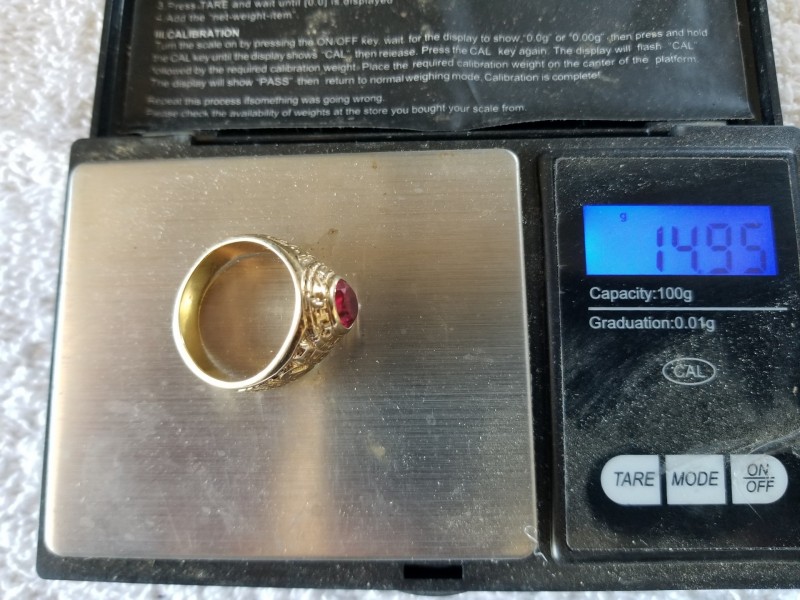
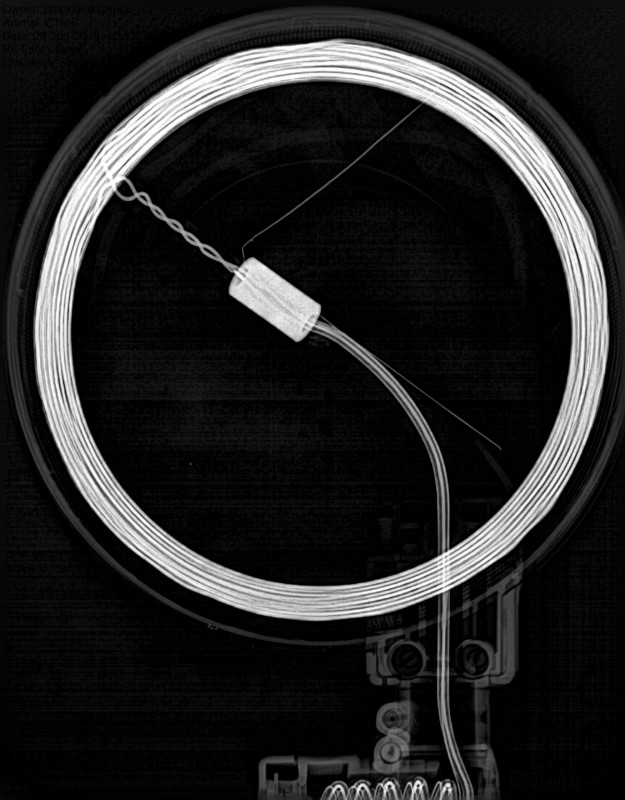
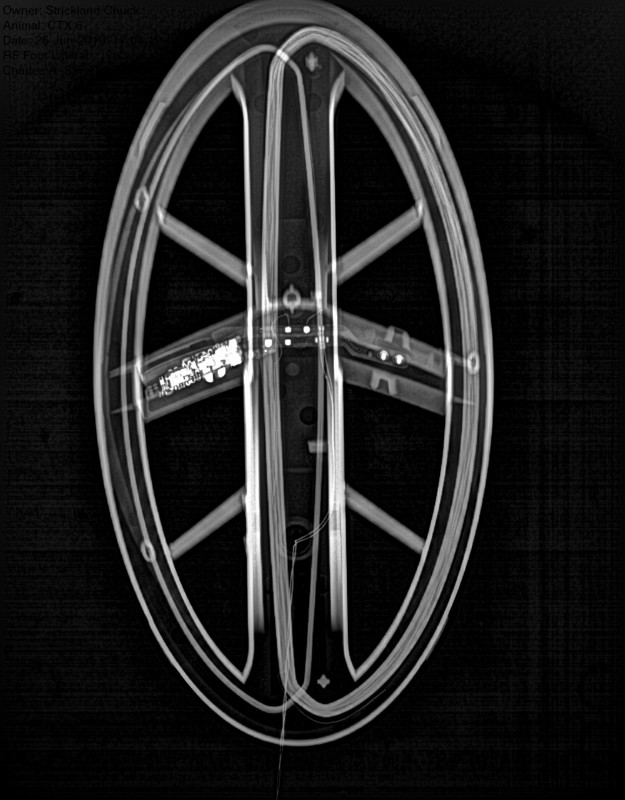
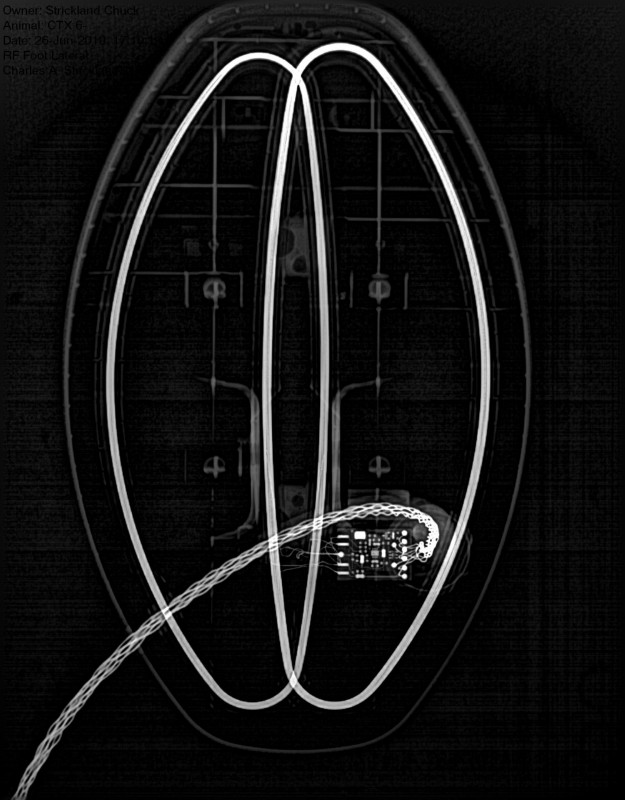
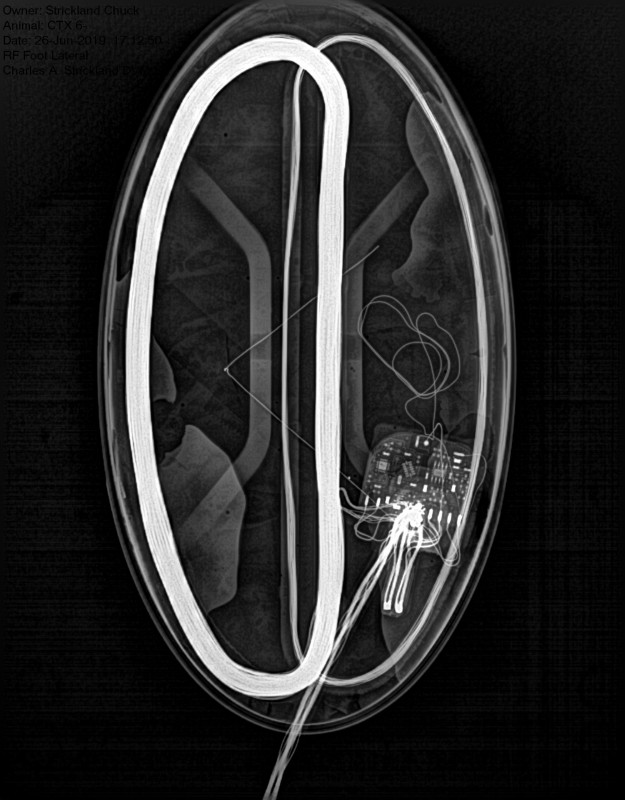
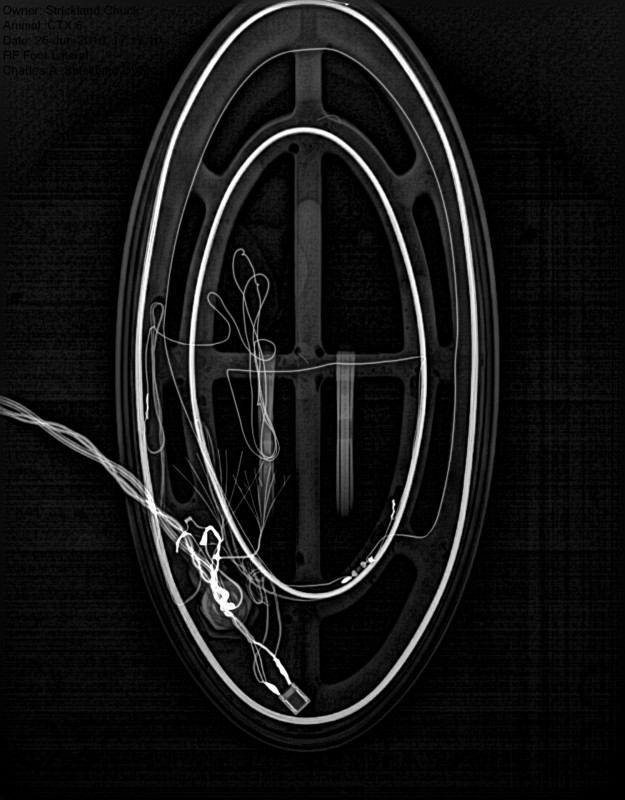
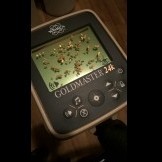
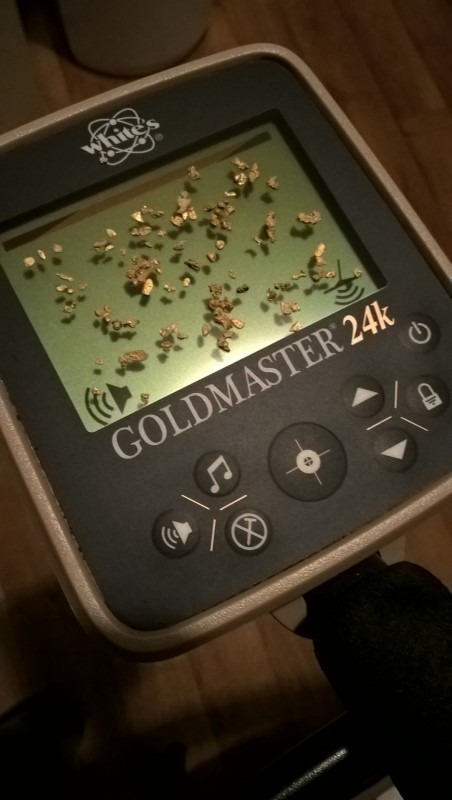
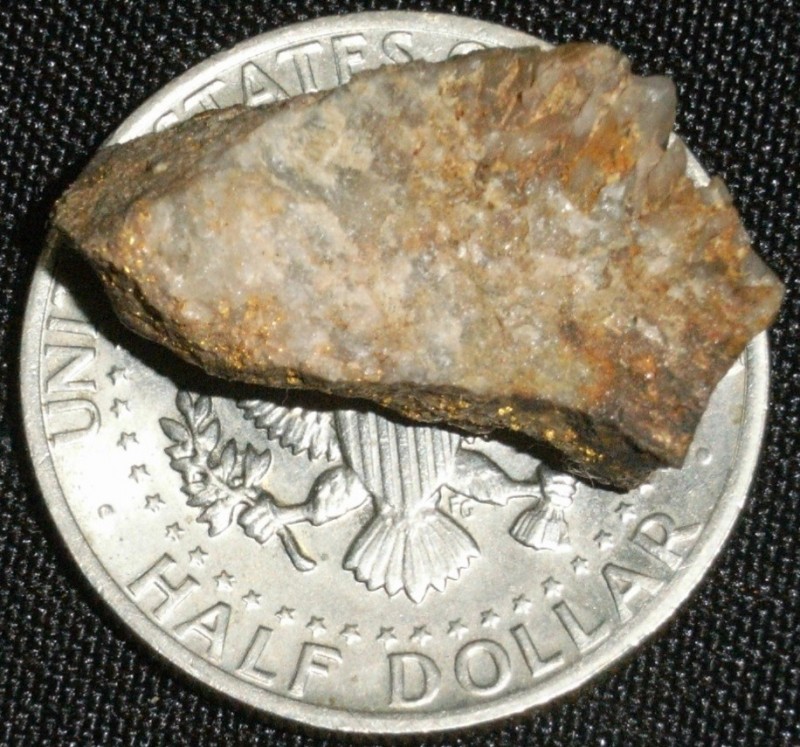
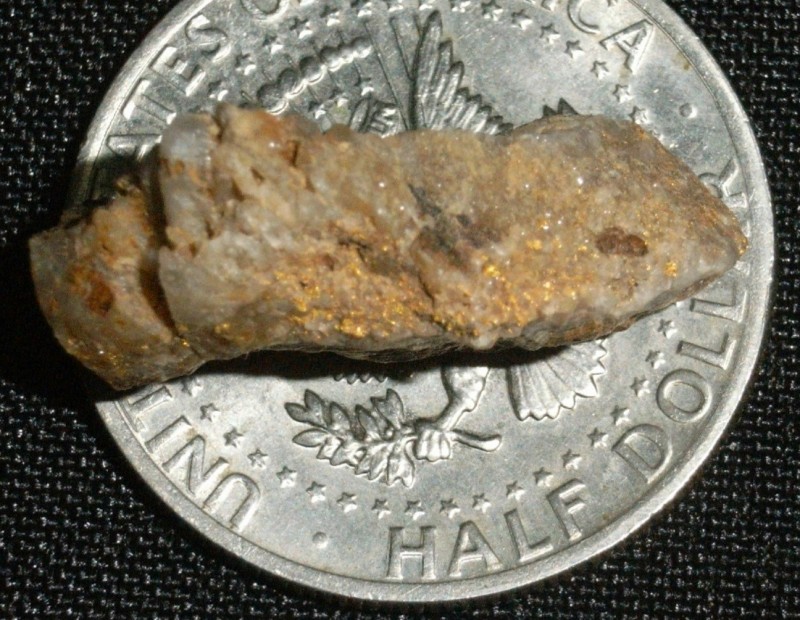


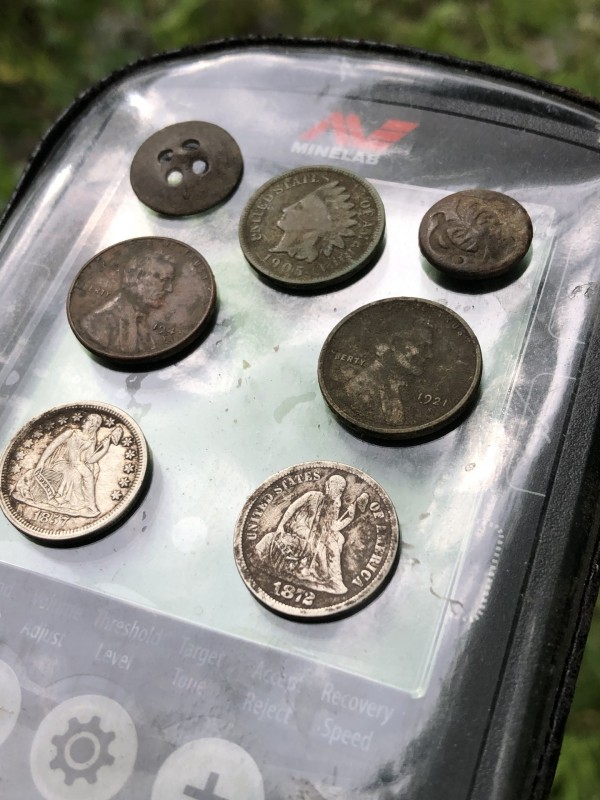
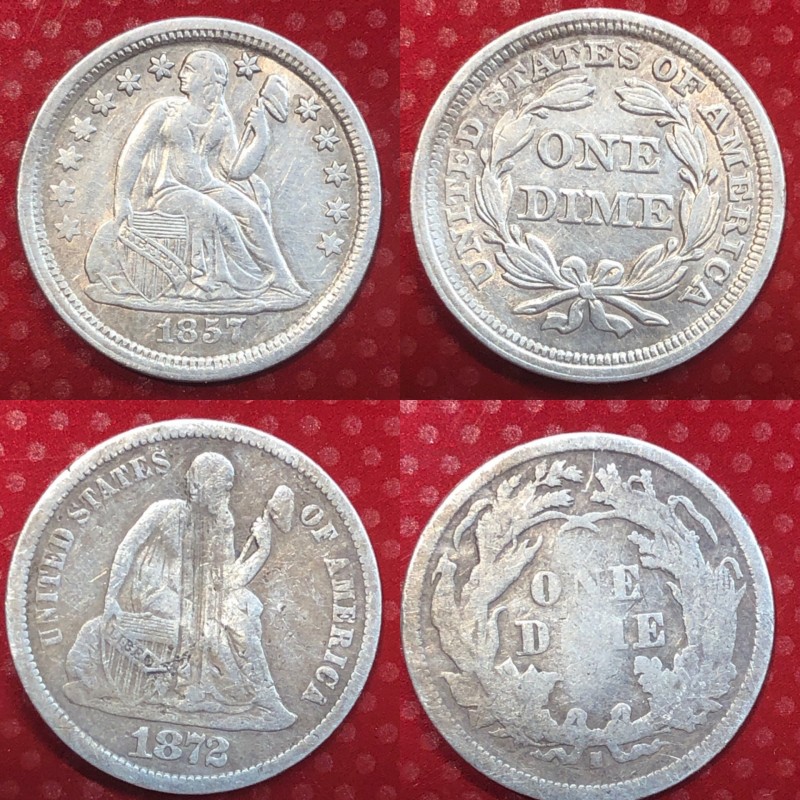
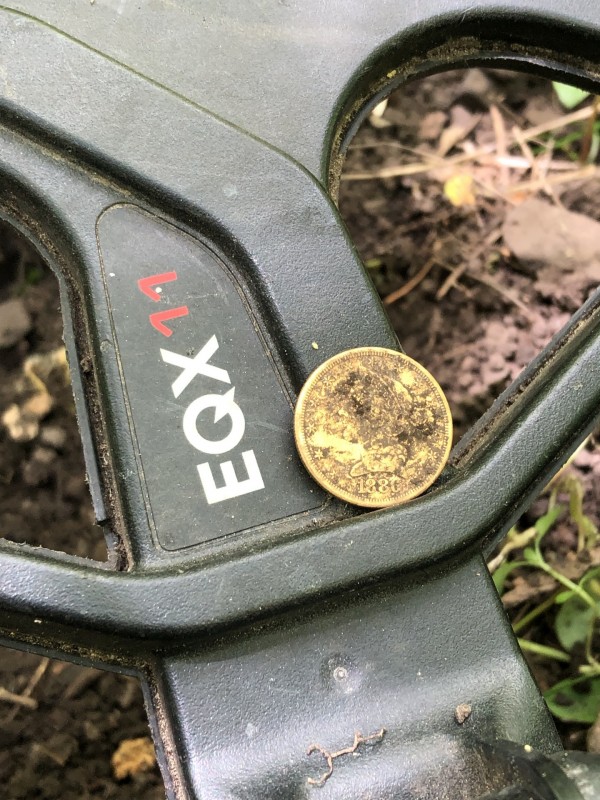
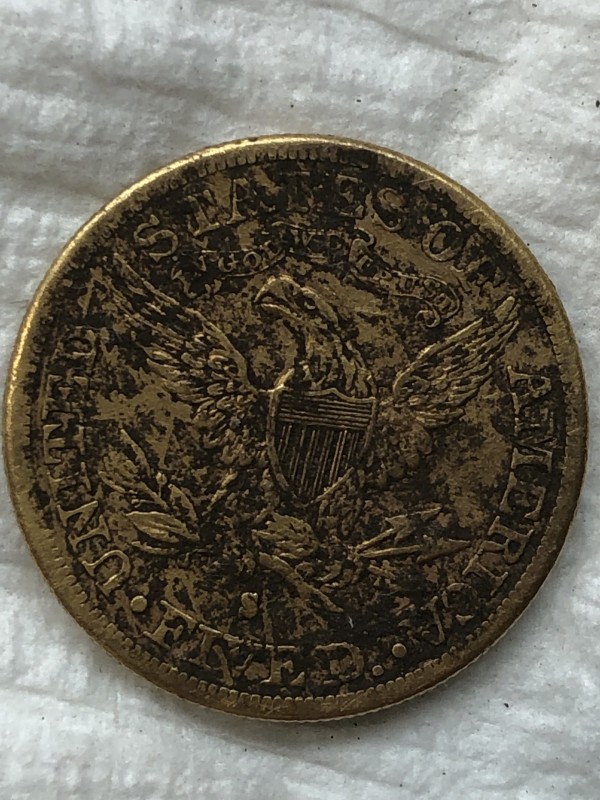
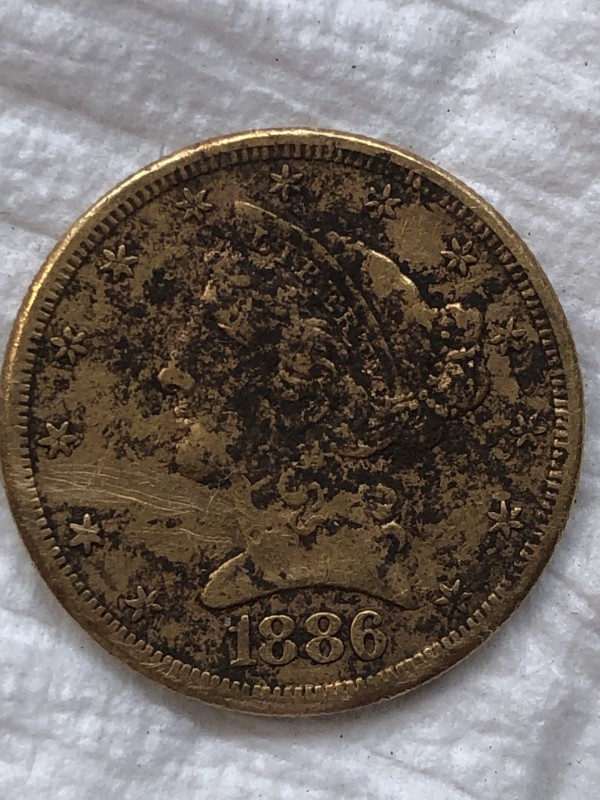



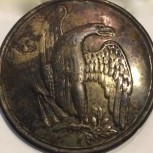
.thumb.jpg.77e4cb5bf39d44bdd2050d2edb7dfdb1.jpg)



